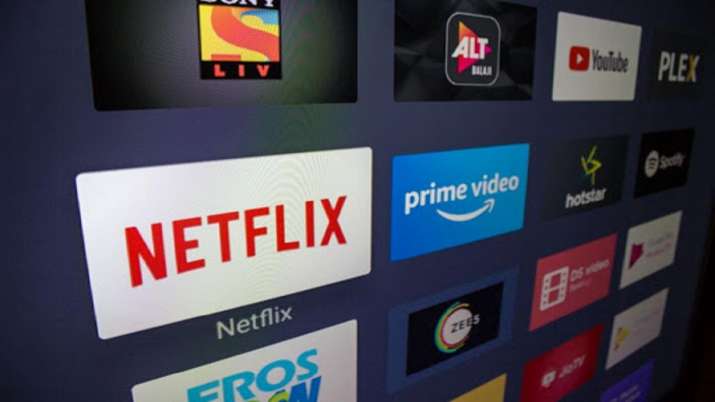New Delhi: The government has decided to put all digital media portals, including online news and Over-the-Top (OTT) platforms, under the Ministry of Information and Broadcasting. The Cabinet Secretariat issued a notification dated 9 November and announced the changes to the Allocation of Business Rules, 1961, to bring in all digital media portals under the I&B Ministry. Earlier, digital media platforms were under the Ministry of Electronics and Information Technology (MeitY) and the I&B Ministry used to regulate other media such as print, television, and radio.
This change will now lead to the digital news portals as well as video streaming platforms like Netflix, Amazon Prime, and Hotstar to now come under the I&B ministry. However, according to reports, user-generated content, like on YouTube or Facebook, will continue to remain under MeitY.
The Sunday Guardian reached out to I&B Minister Prakash Javadekar, but didn’t receive any response till the time the story went to the press.
Several entrepreneurs and digital media heads told The Sunday Guardian that this move will lead to increased scrutiny and censorship over online content.
Kazim Rizvi, Founding Director, The Dialogue, told The Sunday Guardian: “That the government intends to regulate online content is clear from their recent notification where they have put audio-visual content and digital news posted online under the control of the Information and Broadcasting Ministry. However, this move could have a greater impact on content which will now have to pass through censorship and increased scrutiny. Earlier, OTT platforms were largely self-regulated, while other traditional print and television, including entertainment and news media, were regulated by the Press Council of India and Cables Networks Regulation Act, 2005 respectively. With this notification, it seems that they will be treated at par with each other.”
Rizvi said that telecom regulators had “discarded” the idea of regulating online content in September.
“However, this new regulation could mean that the government is actively looking to control content posted online. This could negatively impact the industry and even content creators who are earning their living through these platforms. Further, regulating digital news could also result in curbing dissent on online media through censorship. Considering the fact that there has been a tremendous increase in the consumption of online content for the purpose of news as well as entertainment, the content must adhere to the prescribed rules, ethics and remain unbiased. It is also necessary that online content, unlike other mediums, should not be over-regulated, otherwise, it will lose the edge for which it is known,” Rizvi said.
The Sunday Guardian also reached out to Netflix India, but it refused to comment on this matter.
Meanwhile, OTT platforms like Zee 5 and Aha said that it’s “too early to comment on this matter”.
Last month, the Supreme Court had sought the Centre’s response on a Public Interest Litigation (PIL) for regulating OTT platforms such as Netflix and Amazon Prime Video by an autonomous body. The PIL stated that digital content on these platforms is made available to the public at large without any filter or screening. A bench comprising Chief Justice S.A. Bobde and Justices A.S. Bopanna and V. Ramasubramanian had issued notices to the Central government, the Ministry of Information and Broadcasting and Internet and Mobile Association of India (IAMAI), as per reports.

